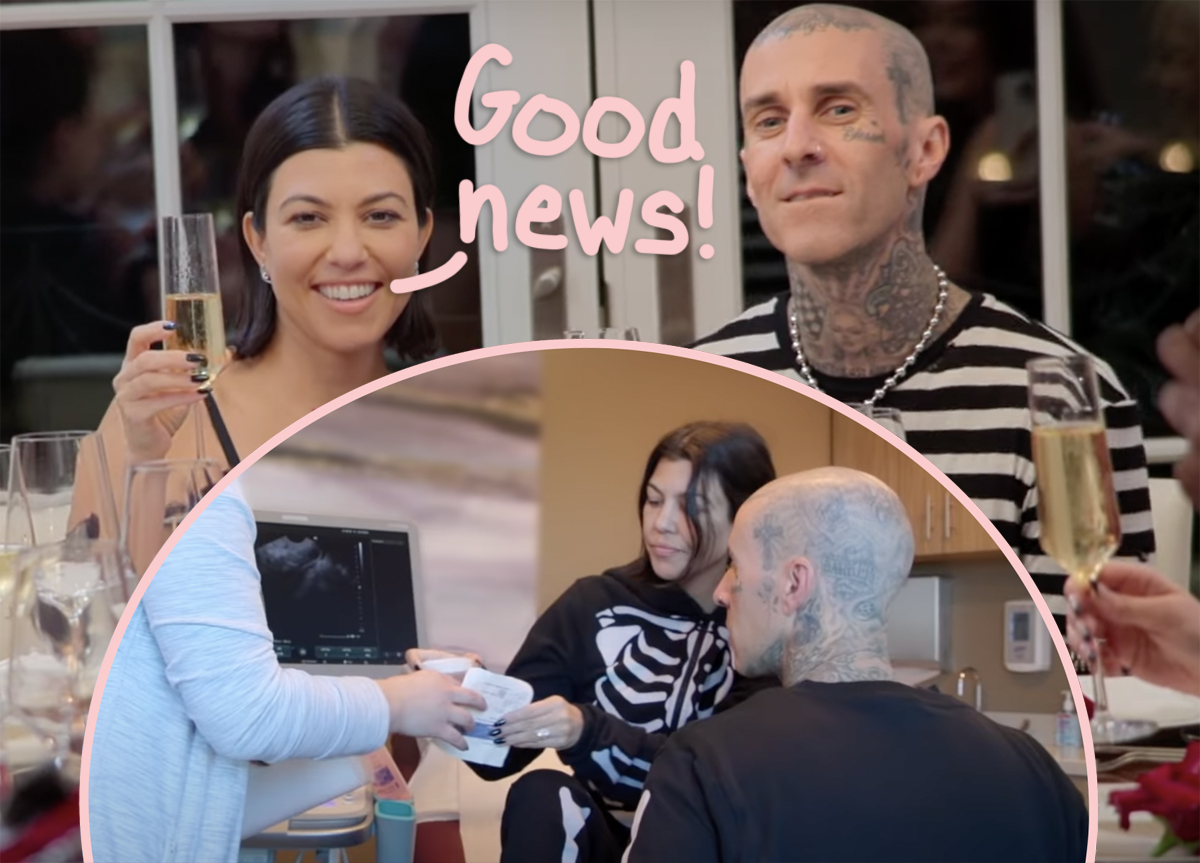#How ‘The Shining,’ ‘Dune’ and Coffin Homes Inspired the Housing and Office Spaces of ‘Upload’ Season 3

[This story includes mild spoilers for Upload season three, episode three “Cyber Discount Day” and episode four “Download Doctor.”]
In Upload‘s version of the future, where people live and work is horrifying.
To be fair, creator Greg Daniels’ mind isn’t entirely responsible for season three’s terrifying visions of what society’s personal and professional spaces could be amid the rapid expansion of tech and digital life. Much of the responsibility for this bleak-looking future — the secret upload call center, temporary temp agency and “Reduced Circumstance Housing” where Nathan (Robbie Amell) and Andy (Andy Allo) come to stay with his mom (Jessica Tuck) — in episodes three and four were based on real concepts and places tied to homes and offices.
Director Tom Marshall, says he pulled from the “very real world of this time,” including Hong Kong’s coffin houses for episode three’s housing design. According to The Guardian, one such version was just 500 square feet featuring up to 30 residents, cut up with plywood bunk beds that each have their own sliding door. Others, according to a 2017 photo essay in The Atlantic, don’t even leave enough room for residents to stretch out their legs.
“It was, depressingly, sort of easy to get lots of references for those types of places,” Marshall says. “There was also something that production showed me which was actually for students. It was a shared living accommodation, but the big thing that stuck out was that there were no windows on this building. It was designed just to get as many people in and maximize space for as little money as possible.”
Marshall is speaking to both existing student housing at the University of Michigan in Ann Arbor and planned housing for the University of California, Santa Barbara. Both are receiving substantial seed funding from Charles Munger, Warren Buffett’s business partner.
The student housing at UC Santa Barbara has already seen one architect resign as a consultant on the school’s design review committee for the dorm, which The New York Times reports would house over 4,500 students, crammed “into a 1.7-million-square-foot, 11-story building and make the vast majority of them live in small rooms without windows,” where they’d rely mostly on artificial light and mechanical ventilation.
“When it came time to actually build it, all the dorms were windowless, and [Munger] was like, ‘This is the most efficient footprint,’” says Rachel O’Toole, Upload production designer, of Munger’s vision.
When creating Upload‘s version, she considered the way cost-effectiveness already drove the existing real-world design alongside the kind of building material that would be used 15 years in the future, when “we’re going to have an abundance of plastic that we’ve thrown away.” Imagining a future university student would figure out how to add a binder or resin to that plastic, and that a contractor would try to add a little color, O’Toole came up with the idea for a gray-pink plastic sludge, which could then be molded or 3D printed.
“It’s four or five different Lego pieces, that modularly come together, and you would stack it like Minecraft and build this entire structure with no windows,” she explains. “The interiors are a floor with a bathroom, kitchen, workspace and just the same 6×6 space — and only six feet tall because that’s efficient.”
“It came out like a porta-potty in my mind, the way one is molded,” she continues, laughing. “In hindsight, it actually looks like a really cheap version of Barbieland because things are naturally scaled down to reduce the footprint of materials.”
O’Toole says part of the approach to the housing’s construction was about allowing Marshall — who had a “claustrophobic shooting” experience with “the camera right on top of the actors” — the ability to capture the human stories alongside the bleaker societal realities faced by more than this society’s “destitute.”
“We’ve got this top shot that goes across the units, and you got to paint these little vignettes of all these different lives going on, right on top of each other,” he says. “The big point about it was, if you look out for it, in those shared living places, we’ve got people who are professionals, people with their laptop open, spreadsheets on the wall. They’re wearing no pants, but wearing a shirt and tie so that they can jump on a Zoom and make it look like they’re in the office.”
He continued, “That was something me and the production designer talked about a lot. We wanted to give the impression that this is everyone — everyone’s in the same boat in the future, and everyone could end up in one of these grim, depressing places.”
A similar spacing approach was applied to the Temp Temp Agency, which O’Toole says was initially scouted with a more open location in mind. But when the team landed in an abandoned office with private conversation cubicles, the plans changed.
“Greg loves tiny spaces, and we walked into this one office location that had been gutted out of because of the pandemic. Everyone was working from home. All that was left of the people were their computer towers sitting on these desks … and these tiny little soundproof cubicles that were made for when people were working in the office to have a private conversation,” O’Toole recalls. “It immediately clicked to Tom and I — that looks like a temp agency. I was like, ‘It’s the ‘Temp Temp agency.’”
The set-up of the location mirrors the feeling of a WeWork space, in a scene that features Nathan turning down various unimaginable jobs in a commentary about the experiences and treatment of undocumented workers. “It evolved within an organic moment of understanding the show and the messages that we’re delivering,” she says. “We leaned into the bleakness — the smallness, the tightness of it and then putting another business next door.”
While the Temp Temp Agency and Reduced Circumstance Housing were both too close for comfort, Marshall and O’Toole took a less suffocating approach to the call center Luke (Kevin Bigley) resorts to working in within the Gray Zone. With changes in policy to the financial support of veterans in Lake View, Luke looks to find a way to pay for his digital afterlife extras that are off the books due to a ban on Lake View’s more affluent residents working.
Marshall tells THR that he wanted to give the space more of a Dune feel, amid “the gray typography that is unpurchased online real estate,” says O’Toole. The feeling of the space was “endless and desaturated” according to the director, with the production designer adding she also used Blade Runner and Terry Gilliam’s Brazil to help underscore how “often the places that we provide for people inform how you should feel or your expectations of what your rights are without words,” she says.
“It’s a commentary on the drudgery of the working class. You want the repetition, you want it to feel unglamorous, so we built all of the desks out of cubes at all these different stations,” she tells THR. “You’re building on the idea of minimalism, sci-fi and no color because they don’t care about the workers. They’re making a choice to keep you in that version of 1984 — in your place. This is not Google where you’re meant to feel bright, cheery and part of a team. You work for them.”
While it might seem that Upload couldn’t get more bleak about the idea of (co-)living and working spaces, it does manage to take a less existential and more literal approach to the horror of housing in one episode four storyline. Just in time for Halloween, Nathan’s digital double and Ingrid (Allegra Edwards) take a trip to an abandoned part of Lake View, where a terrifying version of an AI guy with no eyelids is one of the last remaining remnants.
Marshall says there were lots of references the team pulled in for the place he describes as a creepy Beta version of the glitzy golden, shimmering” Lake View viewers know. That includes the failed launch of Meta, which O’Toole recalls founder Mark Zuckerberg “pitched as amazing, and then it wasn’t.”
“It’s this ghost ride version of [Lake View]. The lights are blinking, and it hasn’t had an update for a good few years,” the director says. “Within it, there are some sort of weird, forgotten characters that are still roaming the ghostly halls.”
Inside, Marshall took a Resident Evil-style approach to filming in an old Vancouver mansion O’Toole says was “stripped away of anything that required detailed rendering” to give it the “classic horror, wide, slow, creepy” feeling of The Shining. As Ingrid and Nathan move through the space, doors open like the classic horror game as the AI Guy (Owen Daniels) constantly T-Poses — a call to both the obsessive exercising of the rich, tech class and the default pose for a 3D model’s skeleton.
The nefarious motivations of one of horror Lake View’s last residents are only surpassed in comedic terror by his lack of eyelids. “Shooting this was arguably one of the funniest scenes I’ve ever shot — this character with no eyelids,” Marshall recalls. “There was this amazing moment where we’d been filming on Robbie first, and I could hear the performance of this guy, and then we turned the camera around to see the character, and I ruined the take because I laughed out loud.”
Daniels tells THR that the concept of the character comes from a line in Upload‘s pilot, with O’Toole adding that the look of the character was also partly inspired by a member of the VFX team.
“He goes, ‘AI is not doing hands and eyeballs very well,’ and we were like, ‘Great.’ (Laughs.) I love this analog look of a bad digital representation,” she says. “It was really such a fun, fun two episodes because there were so many worlds within that you had to keep clean and separate from each other but also work cohesively in a show.”
If you liked the article, do not forget to share it with your friends. Follow us on Google News too, click on the star and choose us from your favorites.
For forums sites go to Forum.BuradaBiliyorum.Com
If you want to read more Like this articles, you can visit our Social Media category.



